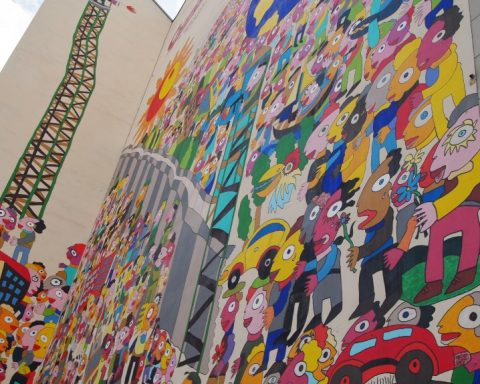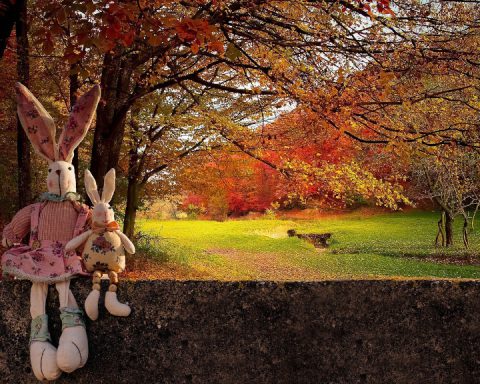João Gilberto – the inventor of the bossa nova – died on 6 July. He was a perfectionist with the gift of a perfect pitch, a musical genius. Here’s why his legacy should be remembered and cherished.
News of João Gilberto reaching us in the past decade or so was not quite worthy of him. It concerned money, debts, and family disputes. Little did we hear about the man who invented the bossa nova and gave us so many unforgettable tunes.
Now we learn that debt forced him to leave his apartment in Rio’s upscale Leblon to live with friends. His health rapidly deteriorated.
The mystery surrounding João Gilberto
A pariah in self-imposed isolation, João Gilberto had disappeared from public life for about 30 years before his death last weekend. He became a mystery, the myth of Rio. No interviews, no concerts, only one album recorded 10 years ago. Food deliveries from a nearby restaurant, next to no public appearances.
Only at home was he heard playing to friends on occasion. And money problems and family issues had become the defining themes of the past few decades.
In Brazil, however, he is a giant of music. He shaped the musical face of Brazil with fellow musician and composer Tom Jobim (who died in 1994). He opened the musical riches of his homeland to jazz. The album Getz/Gilberto, recorded in 1963 with his wife Astrud Gilberto and US saxophonist Stan Getz, is one of the best-selling and most popular albums in music history – not least because of the hit song The Girl from Ipanema.
Not familiar with the lavish style of improvisation typical of jazz, João Gilberto mostly chose Japanese sound engineers in his studio and concerts who were minimalists and perfectionists like himself. Maybe that explains why he’s always had a loyal audience in Japan. There he also found a more disciplined audience, unlike at home where persistent coughing or rustling with candy wrappers could lead to the concert being brought to an untimely end.
World musician from the Brazilian hinterland
João Gilberto was born in 1931 in Juazeiro, a city in the eastern state of Bahia, in the heart of the so-called “black Brazil.” His musical roots shaped the man who was to become a legend in Rio de Janeiro.
His first encounter with Rio, the Cidade Maravilhosa (“wonderful city”), wasn’t love at first sight, though. In the early fifties, Rio wasn’t exactly waiting for a young man with a guitar from Bahia. He joined the vocal group Garotos da Lua, but his already notorious unreliability made this a short-lived affiliation. Without money and a fixed address, he played the small clubs and bars of Rio. Eventually, he withdrew to the interior of the country for two years.
During the six months he spent in his sister’s house in the old colonial city of Diamantina in the state of Minas Gerais, he found his style. He would practice with his guitar in the bathroom for hours (apparently it had special acoustics) until he found his trademark touch: the bossa nova, the new wave.
When he returned to Rio in 1957, João Gilberto was transformed. Bursting with confidence and renewed energy, he recorded a single that would forever change Brazil’s musical history: Chega de Saudade. A year later, the album of the same name followed with 12 songs that helped bossa nova to an international breakthrough, to shaping the sound of an entire era.
João Gilberto wrote the soundtrack for the new Brazil
Bossa nova was the soundtrack to the golden years of Brazil, a time of emergence and optimism. And Tom Jobim and João Gilberto were the architects of this sound. They invented a new rhythm; a music full of longing that was light and melancholic at the same time. The roots of bossa nova lie in samba, the music that originated from the regional batuque of Bahia. Jobim and Gilberto used samba to give it a newly refined direction. They turned the loud and chaotic 2/4 time signature into a sound akin to chamber music, more intimate and urban.
It didn’t take long before the American jazz greats of the time discovered the new and exciting sound from the south. Jobim and Gilberto never made a secret of their admiration for American jazz; it influenced their musical careers and the music scene of Rio in the fifties.
On 21 November 1962, when Gilberto and Jobim played the Carnegie Hall in New York with jazz greats such as Stan Getz, Charlie Byrd and Lalo Schifrin, bossa nova celebrated its breakthrough in the USA. João Gilberto appreciated the professionalism and urbane atmosphere in the USA. He moved to New York and would only sporadically return to Brazil. He divorced his first wife Astrud in 1964 and married the singer Miucha a year later. Their daughter Bebel Gilberto would later make a career as a singer.
João Gilberto’s long road of self-isolation
In 1979, João Gilberto moved back to Rio, where he had long become a living legend. But his return to Rio also heralded the beginning of a long pathological process of self-isolation. The musician’s whims and phobias added both to his myth and loneliness. He accrued debt while going through a long and expensive legal dispute with the record company EMI over the rights and recording quality of his legendary first three albums. An investment bank stepped in, and the money slipped through João Gilberto’s nimble fingers.
The final ten years
In 2009, he enters a relationship with Claudia Faissol, a journalist. They have a daughter together, but the relationship divides the family. His first daughter Bebel and his son João Marcelo accuse Faissol of exploiting their father and being responsible for his ruin. By the end of 2017, Bebel takes up guardianship of her father.
In the light of history, family disputes won’t diminish the legacy of a musician. Listen to his album Chega de Saudade, and in particular to the title track. It has a sound that seems evenly split between calming minor and major keys, an equilibrium of soft notes giving you the ying and yang of music.
The beauty of João Gilberto’s music and lyrics will live on, for example in Samba de uma Nota Só:
Eis aqui este sambinha
Feito numa nota só,
Outras notas vão entrar
Mas a base é uma só.
(Here’s this little samba
Made in one note,
Other notes will come in
But the base is just one.)










